Restoring order: the Swiss watchmakers who repair vintage heirlooms
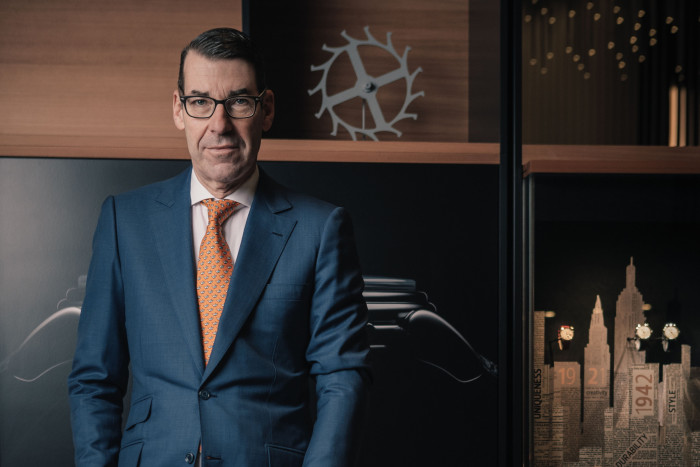
Roula Khalaf, Editor of the FT, selects her favourite stories in this weekly newsletter.
“We are totally committed to servicing and repairing any timepiece we have ever made,” promises Christian Selmoni, the style and heritage director at Vacheron Constantin.
Such an attitude is increasingly rare in today’s throwaway society — and the fact that the Swiss brand really will fix any watch that has left its Geneva works seems all the more remarkable given that the business was founded in 1755.
As the oldest watch manufacturer to have remained in continuous production, Vacheron Constantin has always welcomed requests from clients to keep their beloved heirlooms running smoothly for another few decades.
But the explosion of interest in vintage watches that has occurred in recent years has sent the brand’s restoration department into overdrive — and prompted many other watchmakers to beef up their aftersales service, even for models a century old or more.
Rolex, which once had a reputation for prioritising the sale of new watches over maintaining many of its historic models, now operates a restoration atelier at its Geneva headquarters. Here, handpicked master watchmakers use a combination of traditional and modern techniques to ensure vintage pieces run like new but retain the patina of age.
It is a similar situation at other blue-chip makers, such as Audemars Piguet and Patek Philippe — the latter of which requires any watch of more than 35 years old to be returned to its Geneva manufacture in order to “preserve original condition from the technical and aesthetic perspective”. That means using original parts and “legacy techniques that date back to the epoch when the watch was crafted” — it is a process that can take up to two years.
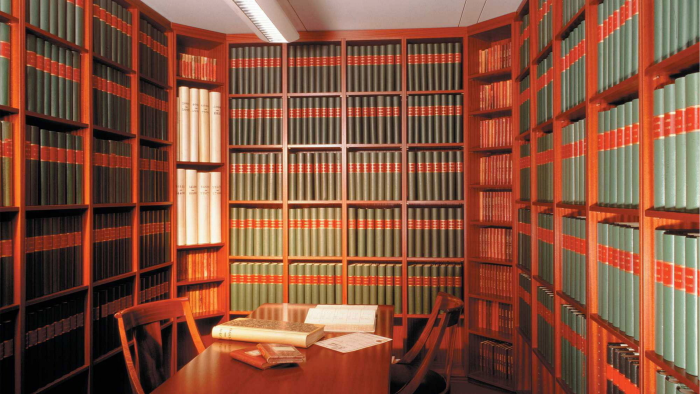
Selmoni says Vacheron’s restoration workshop is one of the company’s hidden gems, in which the same tools — including treadle-driven lathes and other fully-analogue machines — are used to ensure that components can be remade to the exact specification of the originals.
Last year, to mark a century since the launch of its American 1921 driver’s watch, the workshop used 100-year-old drawings, tools, techniques and components to produce a faithful recreation of one of the original 24 examples.
“The American 1921 from that actual year is an incredibly rare watch and we have very few in our collection,” says Selmoni. “Recreating it in exactly the same way that it was made all those years ago enabled us to showcase just what the restoration workshop is capable of.”
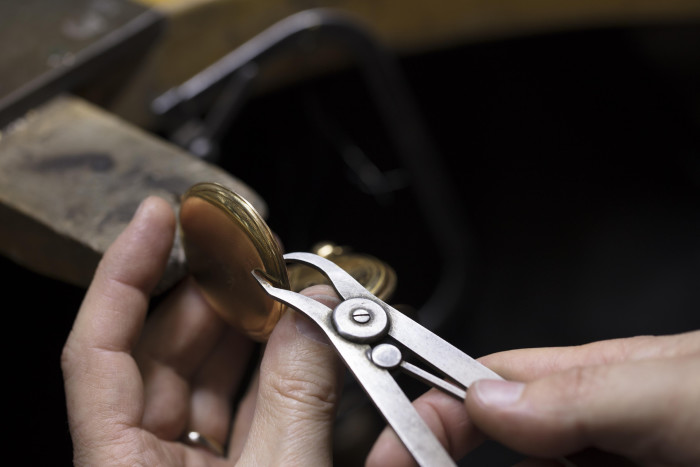
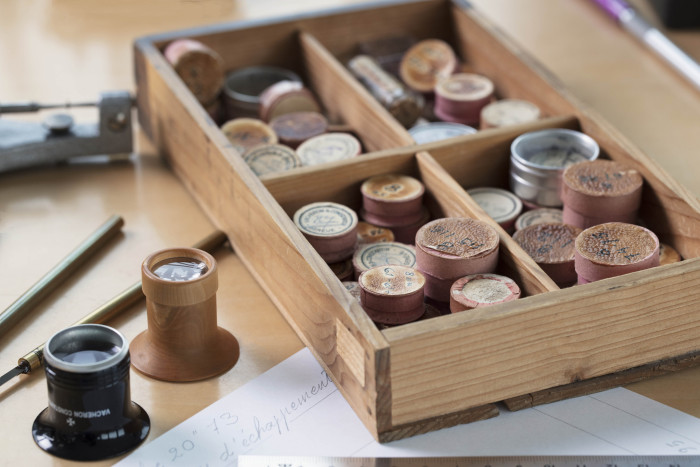
Indeed, such are its capabilities that when a unique, tonneau-cased, minute-repeating, retrograde calendar watch was consigned to Phillips in 2019, the auction house sent it to Vacheron for restoration before offering it for sale.
Previously believed lost, it was a special order for a wealthy Spaniard known as Don Pancho (a nickname subsequently applied to the watch) who paid SFr3,750 (£3,300) for it in 1940. After arriving at the restoration workshop in a neglected state, having spent years locked in a humid vault, the watch left looking just as it would have done when new, but with its originality intact. It was sold for SFr740,000.
The LVMH-owned brand Zenith has a similar commitment to preserving the past, despite a blip during the early 1970s when its then owner — Chicago’s Zenith Radio Company — attempted to dump much of the manufacture machinery and spare parts in favour of a shift to quartz movements.
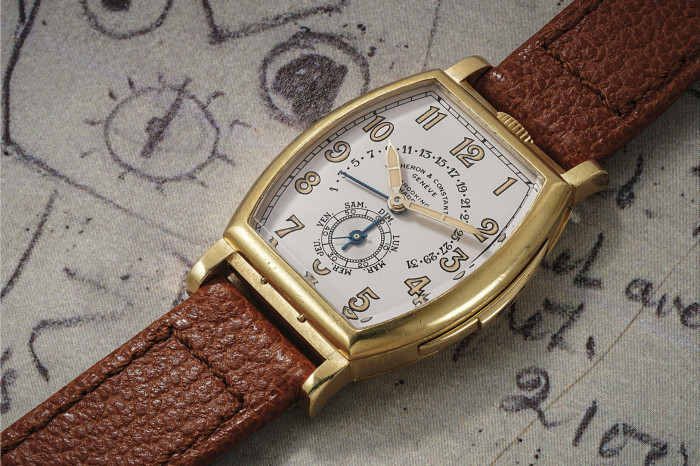
Fortunately, the vast majority of inventory, along with the vital tooling required to make Zenith’s famed El Primero automatic chronograph movement, was hidden away for future use by rebel engineer Charles Vermot.
To visit the archive at its Le Locle manufacture today is to step back in time. Shelves groan not only with spare parts for watches dating back to Zenith’s founding in 1865, but also with original straps, bracelets, buckles, old stock movements and even complete, unsold watches. “We do an annual audit and, while I don’t know the specific number, I can confidently say that there are several million historic components available, which enable us to service, repair or restore virtually any watch we have ever made,” says Romain Marietta, Zenith’s product development and heritage director.

He says there has been a “huge boom” in the number of older watches being sent back to Zenith for repair and restoration, both due to increased awareness of the brand and because of the success of its Icons offering — a range of fully restored and guaranteed vintage models that can be bought through the firm’s global boutiques.
Since the initiative was launched in 2019, 22 Icon watches have been sold and, says Marietta, the plan is to roll out further restored models from the late 1970s and ’80s before gradually moving to others made in the ’90s.
Unlike some high-end makers, Zenith also happily accepts vintage watches from its shortlived quartz era for restoration, as well as its traditionally more valuable and sought-after mechanical models. “Zenith made some extremely cool quartz watches during the 1970s, such as the Time Command world time model,” says Marietta.
Marietta estimates that up to 3,000 vintage watches arrive back at the manufacture for restoration each year. “We recently received a Reference G381 chronograph from February 1969, meaning it was one of the very first made. It was sent in for restoration but needed absolutely nothing other than a basic service as it had been locked in a safe and never worn. It had been in the owner’s family from new and, in the end, we bought it from him and offered it through Zenith Icons. It sold for SFr50,000.”
According to Nicholas Biebuyck, heritage director at Tag Heuer, preserving such originality is critical for a restoration department — particularly in the case of the highly collectable Heuer models made between 1958 and 1979.

“There has been a big philosophical shift in the watch world,” he says. “Whereas it was once thought a good idea to return an old watch in brand new condition without asking the client if that was what they wanted, it is now thought much better to preserve as much as possible — so, although we can renew everything, we tend to advise against it, especially with rarer models.”
Biebuyck says the restoration department has returned to full working order watches dating back to 1916, as well as several Autavia dashboard timers from the 1930s. It often calls on the ultra high-tech Tag Heuer Institute for its scanning and 3D manufacturing facilities, which enable perfect replicas of otherwise unobtainable parts to be made.
“One very important aspect is that any remade component is always stamped ‘TH’ so there is absolutely no confusion about originality if the watch is subsequently offered for sale,” he says.
The genuineness of some watches, however, is never in question — such as in the case of the ultra-rare, 18-carat gold Heuer Carrera that arrived at the heritage department last year for a service and refresh.
“It turned out to be the watch Jack Heuer presented to five-times Le Mans winner Derek Bell when he was driving in F1 for Ferrari — and, of course, Derek still owns it and clearly loves it.
“We have a particular affection for him at Tag Heuer, not least because he was the man who taught Steve McQueen to drive the Porsche 917 in the film Le Mans, which made the Monaco watch so famous. That alone makes Derek a part of the brand’s history — so there was no way we were going to charge him to service his watch.”
Comments